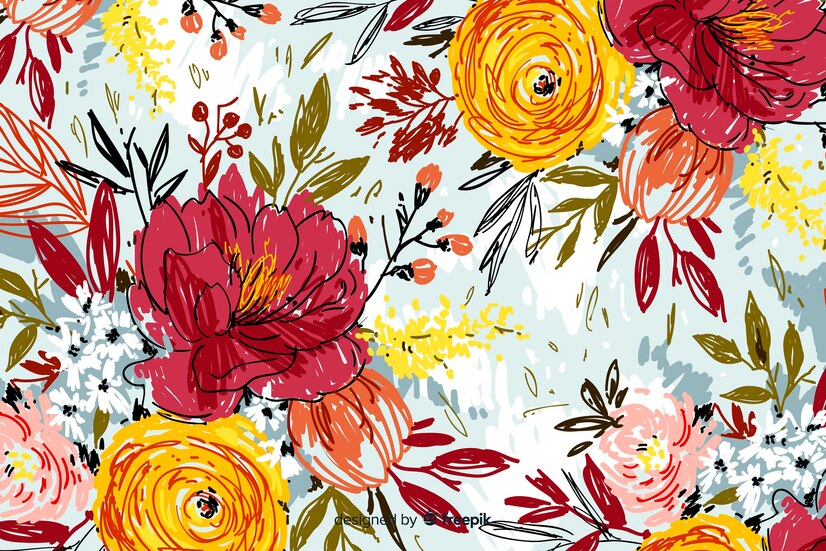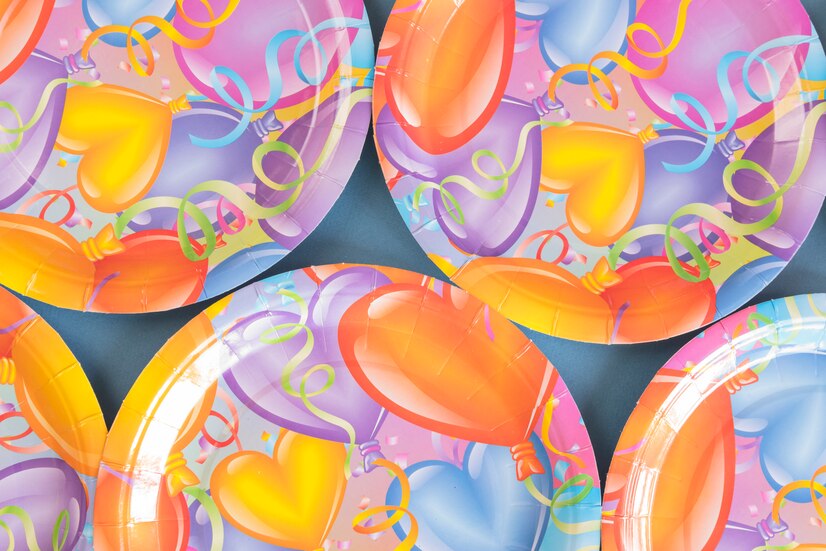Enter the enchanted realm of Gidler’s artwork, where imagination soars and inventiveness knows no limitations. A world just ready to be discovered, full of elaborate patterns, vivid hues, and a rich cultural past. Come along on a tour through the history, methods, and contemporary rebirth of Gidler art as we reveal the charm and beauty of this distinctive creative medium. Accepting Gidler’s work will inspire you, regardless of your level of artistic interest or just curiosity in broadening your creative horizons.
History and Origins of Gidler
An enthralling artistic medium with centuries-old origins is gidler painting. Moreover, Gidler first appeared on the colorful streets of medieval Europe as a means of allowing artists to display their inventiveness and talent through elaborate patterns and designs. This unusual art form became well-known very fast, both among the nobles and the common people, and it came to represent elegance.
It is thought that the Old French word “gigleur,” meaning to shimmer or dazzle, is where the word “gidler” originated. In addition, To enthrall spectators, artists would apply gold leaf, emboss, and employ fine brushwork among other methods. However, These ornate patterns covered manuscripts, sacred writings, paintings, and even commonplace items like furniture and jewelry.
Gidler has held its charm over the years and continues to inspire artists all around the world with its complex beauty and rich history.
Techniques and Tools Used in Gidler Art

Gidler art is distinguished by its complex and minute patterns, which frequently include geometric and natural themes. exquisite-tipped brushes, pens, and even gold or silver leaf embellishments are among the specialist equipment used by artists to produce the exquisite lines and exact symmetry found in Gidler pieces.
Stippling is a fundamental Gidler painting technique in which texture and shading are created by precisely placing tiny dots. Through the layering of intersecting lines at different angles, artists also use cross-hatching to give their work depth and dimension.
In Gidler art, sgraffito—the process of removing paint or ink layers to expose underlying colors or textures—is another popular technique. When several colors peek through the surface, this technique gives the artwork a dynamic aspect.
Learning these methods calls for accuracy, patience, and a steady hand. Using a variety of instruments and techniques, artists may really and creatively appreciate Gidler’s talent.
Famous Gidler Artists
The skill and originality of numerous well-known artists who have made a lasting impression on the genre have graced the realm of Gidler’s art. Moreover, Isadora Montoya is one such artist whose rich use of colors and elaborate patterns has enthralled viewers all around the world. Her work is captivating because of the way she combines classic Gidler techniques with a contemporary touch.
Javier Ramos, renowned for his strong, emotive brushstrokes that evoke unadulterated emotion and depth, is another well-known personality in the Gidler art community. Critical praise for his works from the art world comes from their frequently potent narratives told through symbolic imagery and arresting settings.
Not to mention Sofia Herrera, whose exquisite yet potent pieces capture spiritual and natural themes. Her dreamy works demonstrate the ageless appeal of Gidler’s skill and take spectators to a world of beauty and peace.
The Modern Revival of Gidler Art
Gidler’s artwork has seen a comeback of interest in the art world in recent years. An ever larger audience is beginning to recognize and value what was formerly thought of as a specialized form of artistic expression.
Social media and online platforms have given Gidler artists new ways to reach a worldwide audience with their work. Gidler’s art is now more widely known, drawing both collectors and aficionados.
Modern inspirations are being combined with age-old methods by contemporary artists to create their unique take on classic Gidler techniques. An original interpretation of an age-old art form that appeals to audiences today is the outcome.
Gidler’s artwork is becoming more and more popular for interior decoration as more people look for authenticity and originality in their surroundings. However, Its brilliant colors and elaborate designs may give any area a hint of refinement and beauty.
Gidler art is experiencing a modern renaissance that is more than simply a fad; it is a classic style that enthralls viewers around.
Tips for Embracing the Art of Gidler

One piece of advice for adopting Gidler’s art is to become fully immersed in the background and methods of this distinctive medium. In addition, Spend some time analyzing the color, texture, and shape choices of various painters.
Play about with brushes, sponges, and even odd objects like toothpicks or cotton swabs to see how you see Gidler. Allow the unrestricted flow of your imagination.
Make no mistake; accepting Gidler is permitting yourself to make mistakes. Every brushstroke you use advances your creative development. Accept flaws as teaching and development chances.
Connect with other Gidler fans in regional art groups or online. Discuss concepts, ask for criticism, and find motivation from people who are as passionate about this enthralling art form as you are.
Incorporating Gidler into Your Daily Life
Have you given any thought to incorporating Gidler’s exquisite artwork into your everyday life? You’ll find it easier than you realize. Start by giving your home design a subtly homage to Gidler; a striking picture, a delicate tapestry, or simply a decorative pillow can all provide that elegant touch.
Explore clothing with Gidler influences as well. Seek out accessories or apparel with vivid colors and elaborate patterns that evoke classic Gidler designs. Including these items in your closet will give your style a creative edge.
For those who like doing things themselves, why not attempt making some Gidler-inspired artwork? Grasp some paintbrushes and canvases, then let your imagination run. You might fall in love with this unusual art form again.
You will not only surround yourself with beauty but also engage with a centuries-old cultural legacy if you include Gidler in your everyday life. Every day let Gilder’s art motivate and inspire you.
FAQs
Curious about Gidler’s art? Here are some common questions answered:
What is Gidler’s art all about?
Gidler art is a singular kind of expression in which captivating designs are created by fusing vivid colors and complex patterns. It evolved after emerging centuries ago in Eastern civilizations.
Who can practice Gidler’s art?
Anyone who enjoys creativity and has a keen sense of detail will appreciate Gilder’s work. All that is needed is a desire to investigate this enthralling artistic approach; no particular training.
Is Gidler art only done on paper?
While paper or canvas are the usual media used by Gidler artists, contemporary artists have also used digital platforms, fabrics, ceramics, and even body art.
How can I learn more about Gidler techniques?
To learn more about Gilder art, think about taking classes or workshops taught by seasoned painters. Furthermore, helpful materials can be found in books and online devoted to this magnificent artistic expression.
Entering the fascinating world of Gilder art? Discover the elegance and complexity of this enthralling artistic style and let your imagination soar!
Conclusion
Discovering Gidler’s art is a trip through history, culture, and creativity as much as a visual experience. Discover the methods, find out about the well-known artists who have perfected this unusual art form, and be motivated by its contemporary rebirth.
Whether you make your works of Gidler art or just enjoy its beauty, you may participate in a centuries-old heritage. However, Give the elegance and appeal of your surroundings with Gidler’s elaborate designs and vivid hues.
When you spend time with Gidler’s artwork, let its beauty arouse your senses and imagination. Accept this age-old artistic expression as a doorway into cultural legacy. Let Gidler’s classic charm and fine workmanship enhance your life.

